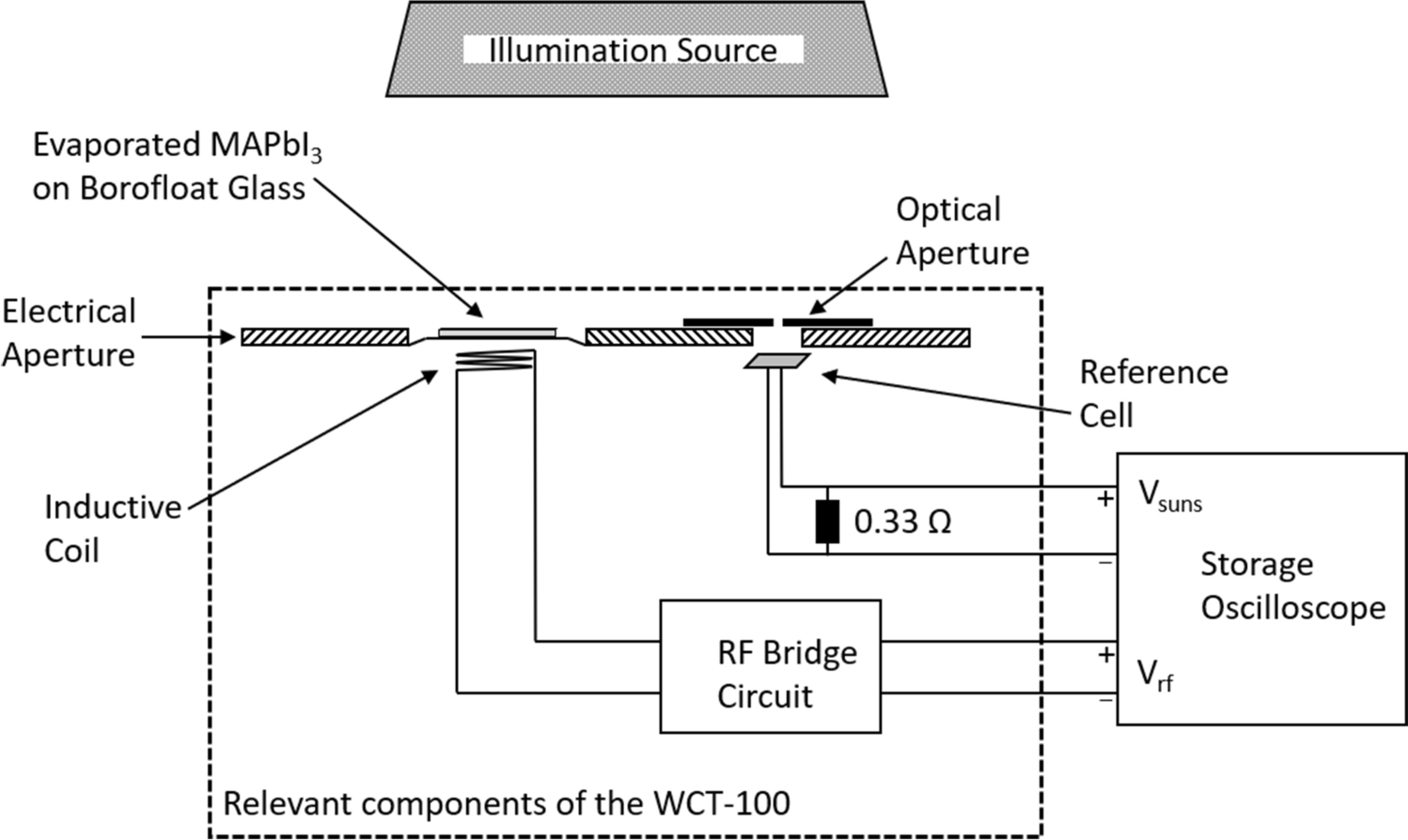
Source: Nature
The Importance of Quasi-Steady-State Lifetime Measurements in Photovoltaics
Understanding Quasi-Steady-State Lifetime Measurements
Quasi-Steady-State lifetime measurements play a crucial role in the field of photovoltaics. These measurements are based on the number of carriers present in a sample when exposed to steady light. The key assumption here is that the intensity of the light changes gradually enough to maintain a steady state of carrier populations in the sample. This assumption holds true as long as the sample lifetime is shorter than the characteristic decay time of the light source.
Generation Rate Determination
One of the essential aspects of quasi-steady-state lifetime measurements is the determination of the generation rate. This rate is calculated by measuring the amount of light incident on the cell and then adjusting for factors such as the reflectivity and absorption coefficient of the material, such as silicon.
Significance in Photovoltaics
In the realm of photovoltaics, understanding the quasi-steady-state lifetime of carriers in materials is vital for optimizing the efficiency of solar cells. By accurately measuring the lifetime of carriers, researchers and engineers can make informed decisions to enhance the performance of photovoltaic devices.
Applications in Research and Development
Quasi-steady-state lifetime measurements are extensively used in research and development within the photovoltaic industry. These measurements provide valuable insights into the behavior of carriers in materials under varying conditions, aiding in the design of more efficient solar cells and advancing solar energy technology.
Conclusion
In conclusion, quasi-steady-state lifetime measurements are a fundamental tool in the field of photovoltaics. By understanding and utilizing these measurements effectively, researchers and engineers can drive innovations in solar energy technology and contribute to the ongoing development of sustainable energy solutions.

Source: Nature
